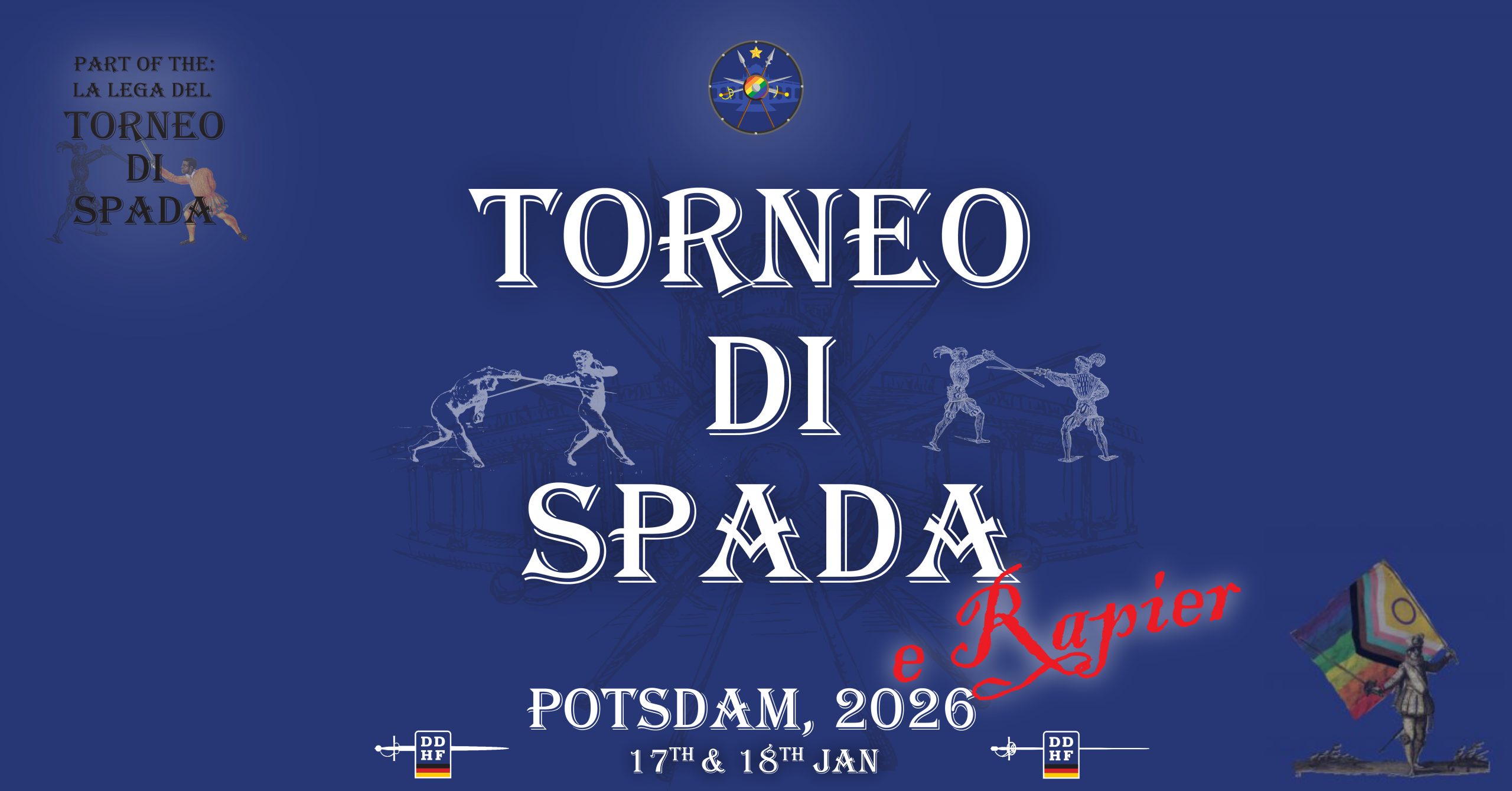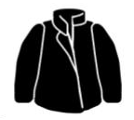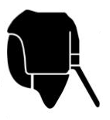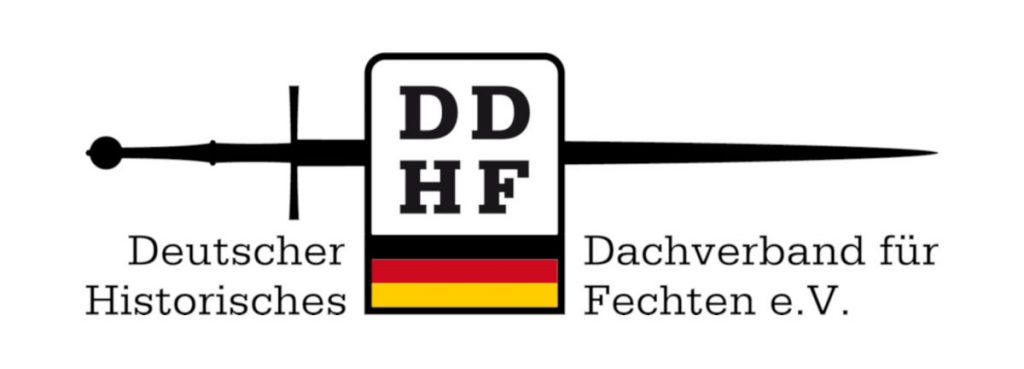

Date: 17th & 18th January 2026
1 Event, 2 Days, Tournaments & Workshops
Eventlocation: Sporthalle Kurfürstenstraße (Kurfürstenstraße 48, 14467 Potsdam)
Registration will open on 17.11.2026 at 8:00 pm CET
Saturday:
Sidesword-Open (Ranked)
You can even participate without bringing a steel sidesword. If so, you’ll be placed in the nylon pool. For the finals we will provide steel loaners. If you however bring your own sidesword, you can of course use it.
Sidesword-Women+ (Ranked)
You can even participate without bringing a steel sidesword. If so, you’ll be fighting with nylons. For the finals we will provide steel loaners. If you however bring your own sidesword, you can of course use it.
Sunday:
Rapier-Open (Ranked)
Please bring your own Rapier. 😉
Rapier-Women+ (Ranked)
Please bring your own Rapier. 😉
Workshops & Timetable:

TBA
TBA

TBA
Rules, English version:
Bolognese Rules
DDHF Ruleset
Rule Adjustments & Examples
For both disciplines:
- Starting from the knockout rounds/finales, at least two undamaged weapon engagements must be completed to win the match. Example: After 5 rounds, both fencers have each completed 2 undamaged weapon engagements and one double hit— in this case, the score decides. However, if after 5 rounds Person A has one undamaged weapon engagement and Person B has none, additional rounds will be fought until one person reaches two undamaged weapon engagements.
- Video Evidence (only in the knockout rounds/finales): Both fencers have the right to challenge one decision made by the referees through video evidence. If the challenge is upheld, the referees will correct their decision, and the person who filed the challenge will be allowed one more challenge. If the challenge is rejected, the person who filed the challenge will no longer have the right to challenge any further decisions for the remainder of the match.
- It is the responsibility of the fencers to provide video evidence. This can be done using smartphones, tablets, or similar devices that allow for immediate access to the video.
- The fencers must arrange for someone to film the match before it begins. The person filming must not obstruct the referees‘ view and must follow the instructions of the referees and the table.
- The referees cannot request video evidence unless a challenge is made. If a challenge is filed, the referees may access both videos in order to gain a neutral view of the situation.
- Free (symmetric!) choice of weapons
- For the side sword discipline, the options are:
- Side sword alone
- Side sword & buckler
- Side sword & dagger
- For rapier, the available weapons are:
- Rapier alone
- Rapier & dagger
- In case of disagreement regarding the weapon choice, the match will be fought with side sword alone or rapier alone, respectively.
- For the side sword discipline, the options are:
- Valid hits & Safety
- Valid hits are hits that make a substantial contact with the edge or the point. Draw- and push-cuts have to be clearly visible and purposeful. Examples:
- Hits with the flat of the blade. Not valid.
- Strikes without a proper arch. Not valid.
- Missed thrusts (passé), that make some contact. Not valid.
- Hits that barely make it through a parry by force, bounce or wrist extension. Not valid.
- All strikes while falling. Not valid.
- Light touch with good form and structure, because the opponent was wide open. Valid.
- Uncontrolled or dangerous fencing will be punished by warning, scoring and disqualification if not addressed properly. Examples:
- Kicks, throws and disarms.
- Hits to the back or the back of the head, if it is avoidable.
- Endangering yourself, e.g. by turning your back / back of the head towards opponent.
- Striking through the opponent with full blows with intention.
- Striking hard, especially if opponent is uncovered (e.g. due to a wrestling action).
- Easy rule of thumb: If it will probably leave a bruise, it was too hard.
- Valid hits are hits that make a substantial contact with the edge or the point. Draw- and push-cuts have to be clearly visible and purposeful. Examples:
For Rapier:
- Adjustment of scoring:
- 3 points for thrusts to the head or torso
- 2 points for cuts and strikes to the head
- 1 point for all other target zones
Sidesword / Meyer Rappier / Early Rapier
- Sword specifications: Only side swords, Meyer rappiers, or early rapiers are allowed. The number of guard elements follows the standard for side swords (cross, 2 finger rings, knuckle bow, small D-ring on the side) or Meyer rapiers (large D-ring on the side, knuckle bow).
- Length of the Crossguard: Must be between 10 cm and 30 cm.
- Blade: blunt, 80cm – 95cm length (including ricasso, up to the guard)
- Overall length: max. 115cm
- Tip: The tip must be additionally secured with a suitable blunt tip protector, with a minimum diameter of 1.5 cm. The material must glide off a fencing mask and must not have sharp edges.
- Mass: between 0.9kg and 1.2kg
- Bending Behavior: The blade must visibly bend under a test weight of 10 kg.
Rapier / Renaissance Rapier

- Sword Form: Italian (basket) and Spanish (cup) rapiers are permitted. Thrusts through the basket hilt do not count.
- Length of the Crossguard: The length of the crossguard must be between 12 cm and 30 cm.
- Blades: Blunt blades, ranging from 95 cm to 130 cm in length (measured to the crossguard). Triangular blades (e.g., Musketeer’s blades) are not permitted.
- Total Length: The total length of the weapon must not exceed 140 cm.
- Tip: The tip must be additionally secured with a suitable blunt tip protector, with a minimum diameter of 1.5 cm. The material must glide off a fencing mask and must not have sharp edges.
- Weight: The total weight of the weapon must be between 0.9 kg and 1.3 kg.
- Bending Behavior: The blade must visibly bend under a test weight of 10 kg.
Parrying Dagger

- Dagger Form: For side sword, only daggers with max. 1 D-Ring without a sail / basket (guard) are permitted, while for rapier, both with and without a sail / basket are allowed. Blade catchers on the dagger blade are not permitted.
- Length of the Crossguard: The length of the crossguard must be between 8 cm and 30 cm.
- Blade Length: The length of the blade must not exceed 55 cm.
- Total Length: The total length of the weapon must not exceed 70 cm.
- Tip: The tip must be additionally secured with a suitable blunt tip protector, with a minimum diameter of 1.5 cm. The material must glide off a fencing mask and must not have sharp edges.
- Weight: The total weight of the sidearm must be between 0.4 kg and 1.2 kg.
- Bending Behavior: The blade must visibly bend under a test weight of 15 kg.
Buckler

- Diameter: The diameter of the shield’s body must not exceed 42 cm.
- Buckler Form: The body must have a circular disc shape and may have a curvature (convex, concave, or both).
- Protruding Parts: The edge of the shield may have a raised rim. Other protruding parts, such as knuckle protectors, are not allowed.
- Material: The shield must be made of metal or plastic. A combination of different materials (e.g., wood, leather/rawhide, and metal) is not regulated and must be separately approved by the tournament organizers.
- Material of the Buckler Handle: The handle can be made of metal, wood, plastic, etc., and does not need to match the material of the shield body.
Protective Equipment
 Sports shoes that are appropriate for the respective surface and do not leave marks or traces on the hall floor.
Sports shoes that are appropriate for the respective surface and do not leave marks or traces on the hall floor. A guard made of a hard material that protects the forearm and elbow joint on both arms from blows.
A guard made of a hard material that protects the forearm and elbow joint on both arms from blows. (Mandatory for women) A chest protector made of a hard material that protects the upper body from blows and thrusts.
(Mandatory for women) A chest protector made of a hard material that protects the upper body from blows and thrusts. (Mandatory for men) A jockstrap made of a hard material that protects the genital area from blows.
(Mandatory for men) A jockstrap made of a hard material that protects the genital area from blows. Gloves made of a hard material that protect fingers and wrist from blows. (min. Red Dragon)
Gloves made of a hard material that protect fingers and wrist from blows. (min. Red Dragon) Leg guards made of a hard material that protects the knees and shins up to the ankle from blows.
Leg guards made of a hard material that protects the knees and shins up to the ankle from blows. A thigh guard with a stab resistance of at least 350N that protects the thighs from thrusts and blows.
A thigh guard with a stab resistance of at least 350N that protects the thighs from thrusts and blows. An upper body protection with a stab resistance of at least 350N, covering the upper body from the hips (even with arms raised above the head) to the neck, as well as the arms to the wrists, front and back, protecting the upper body from blows and thrusts.
An upper body protection with a stab resistance of at least 350N, covering the upper body from the hips (even with arms raised above the head) to the neck, as well as the arms to the wrists, front and back, protecting the upper body from blows and thrusts. A neck guard made of a hard material that covers the entire larynx and protects the neck from impact.
A neck guard made of a hard material that covers the entire larynx and protects the neck from impact. A fencing mask FIE standard level 2 with a stab resistance of at least 1600N, which protects against thrusts and blows & a rear head guard that protects the back of the head and neck from blows.
A fencing mask FIE standard level 2 with a stab resistance of at least 1600N, which protects against thrusts and blows & a rear head guard that protects the back of the head and neck from blows.



